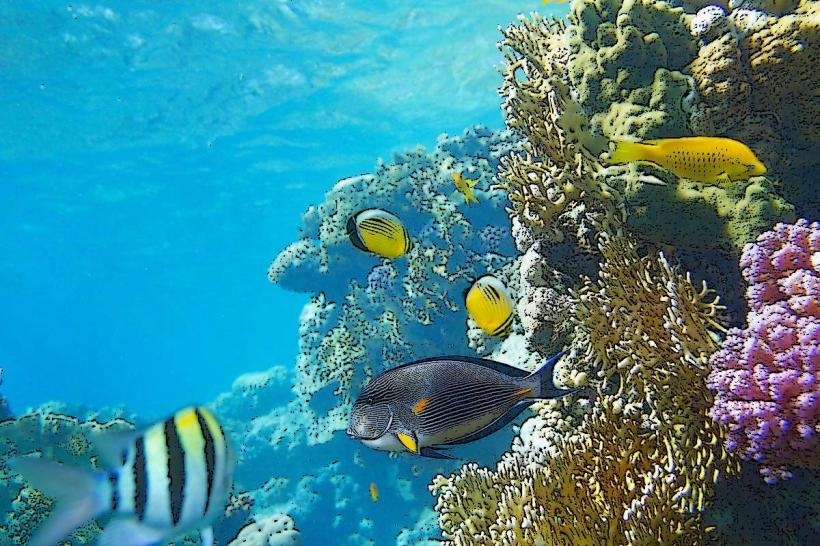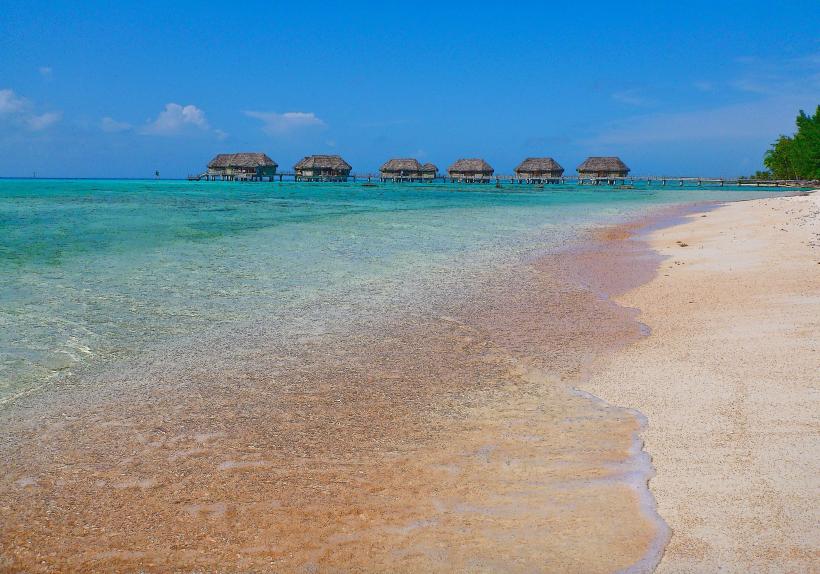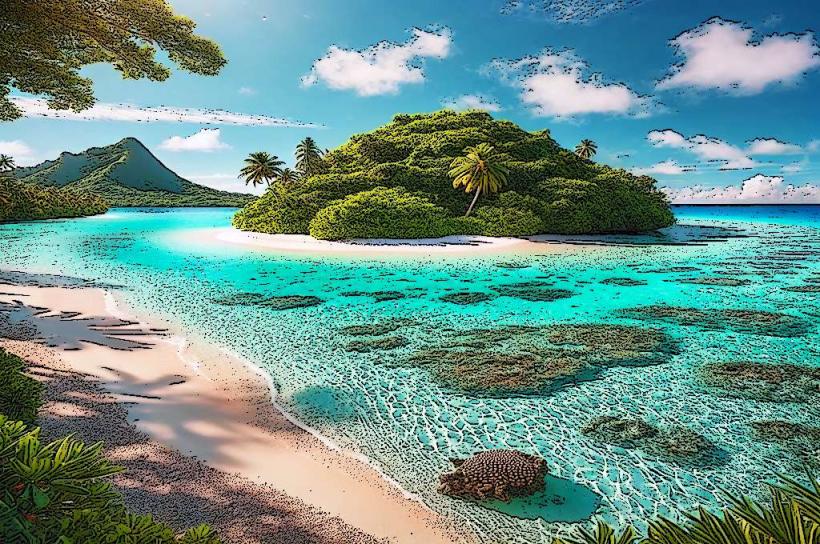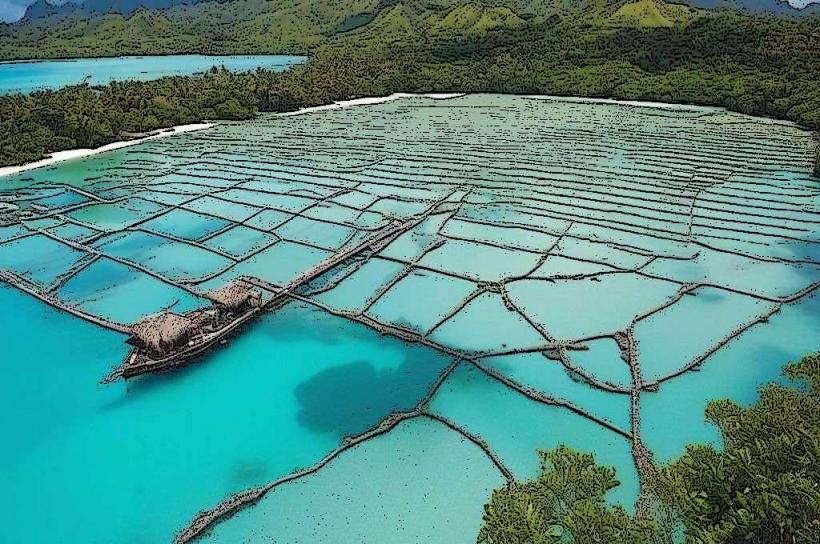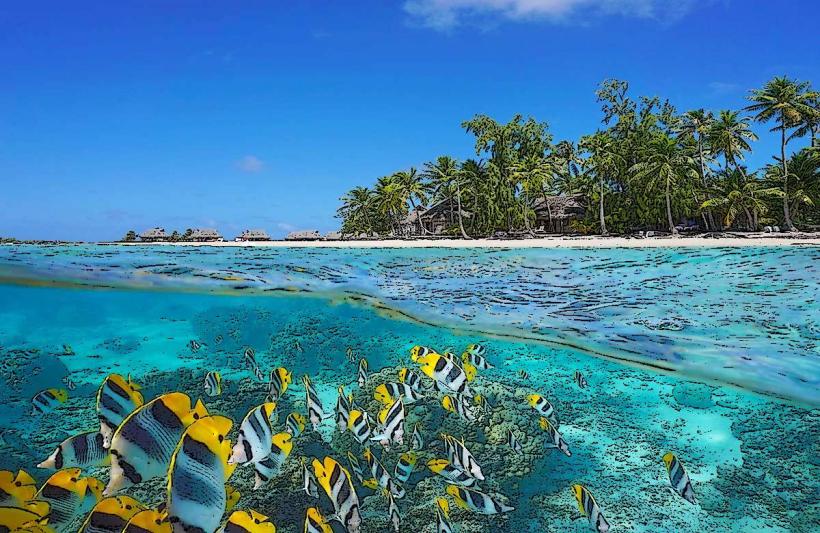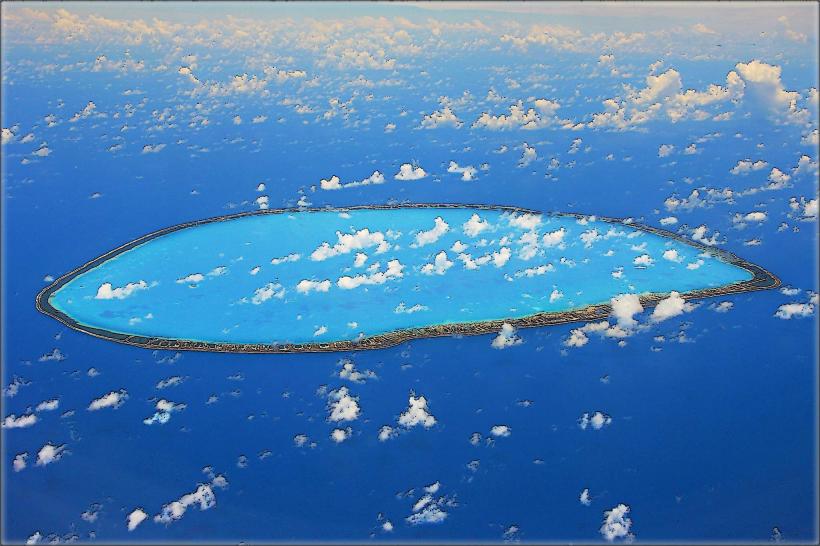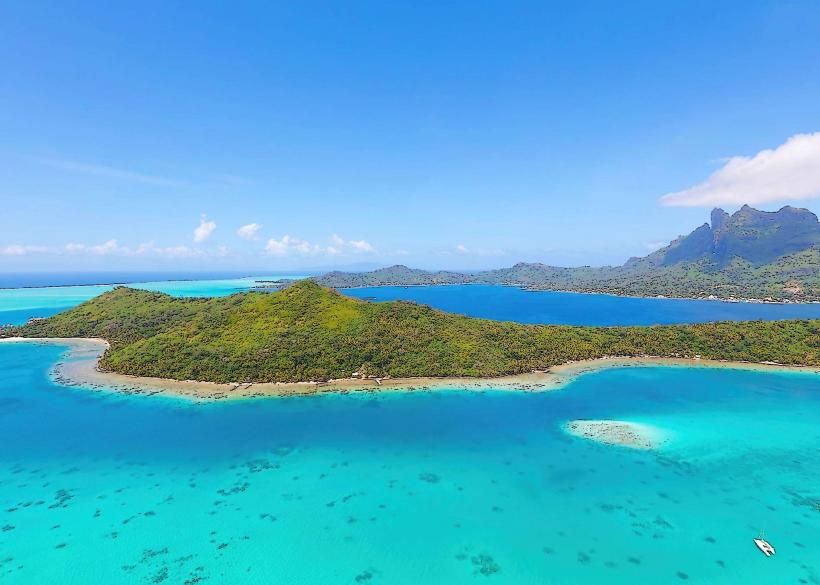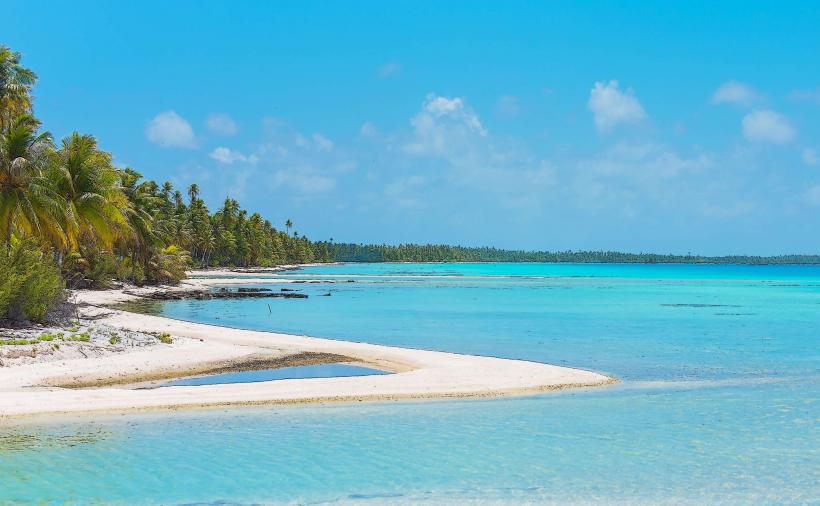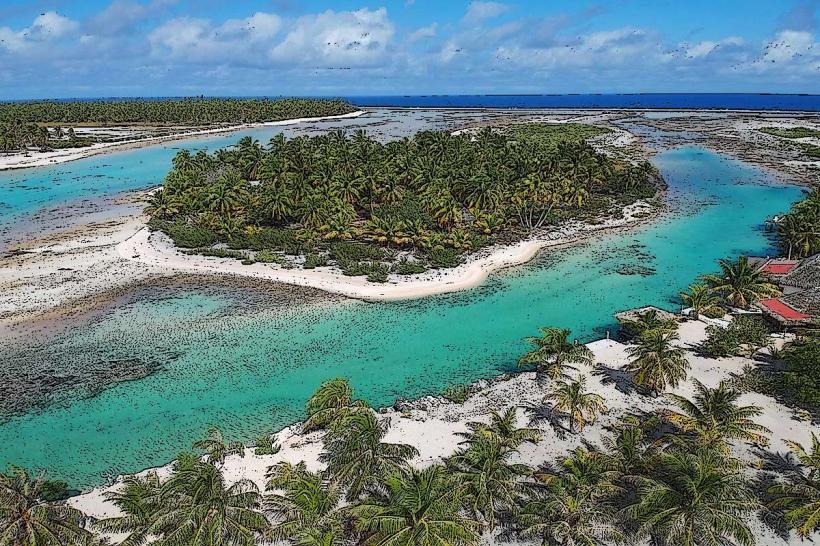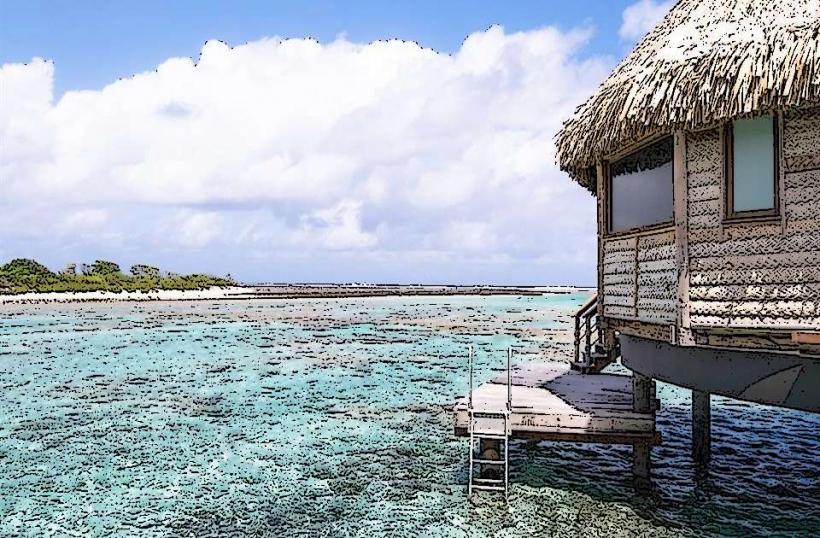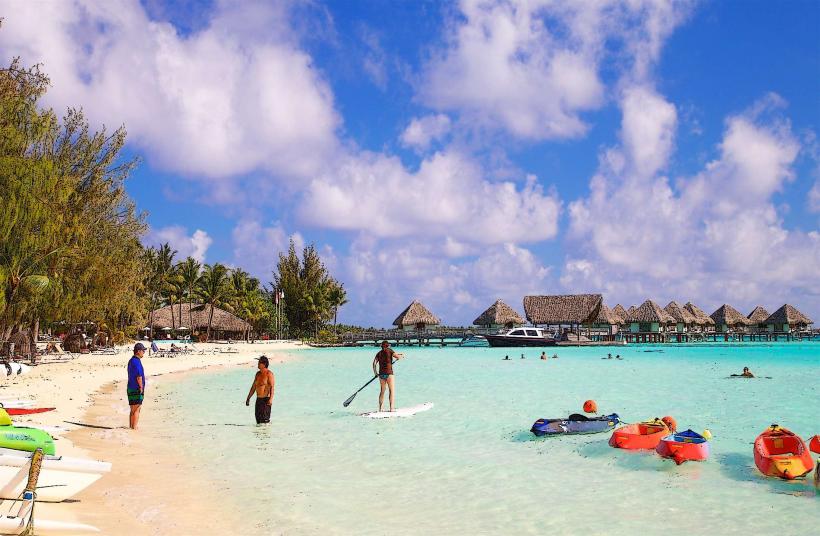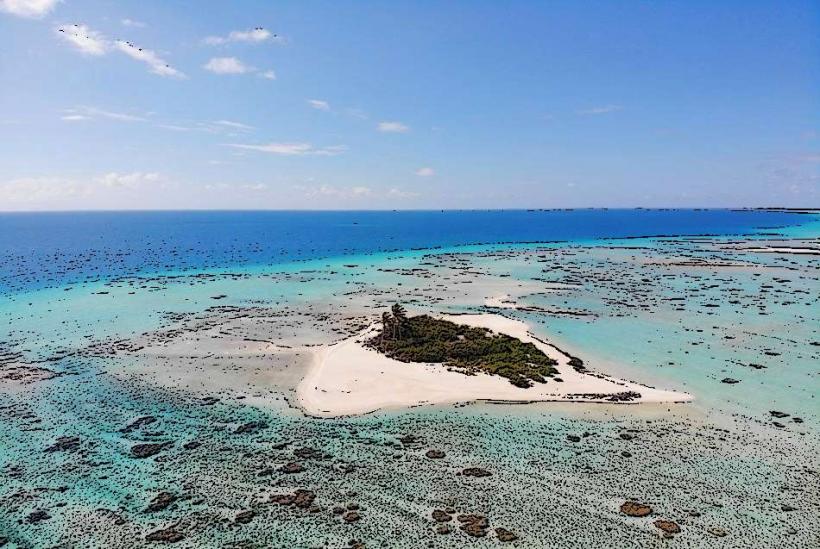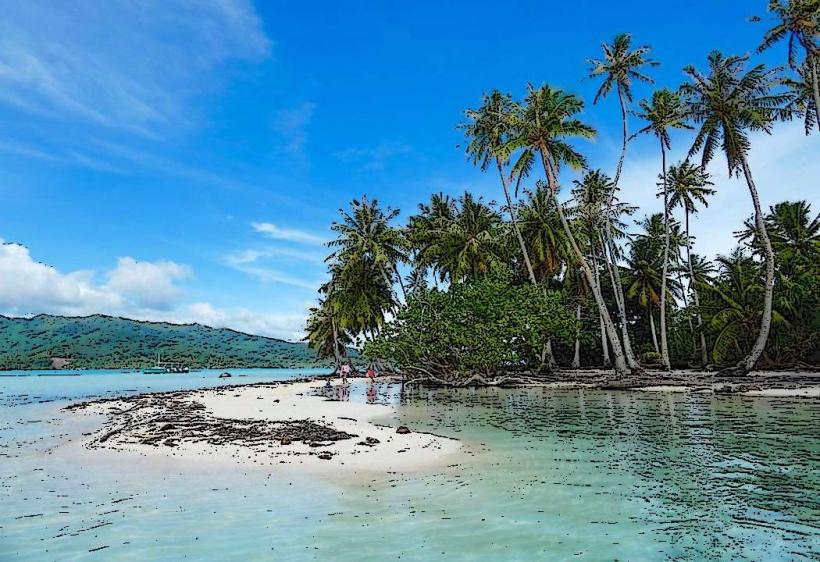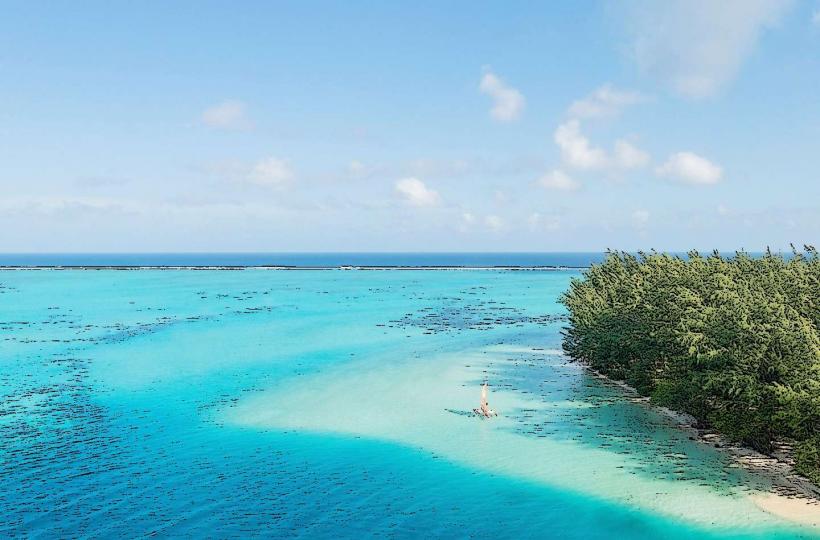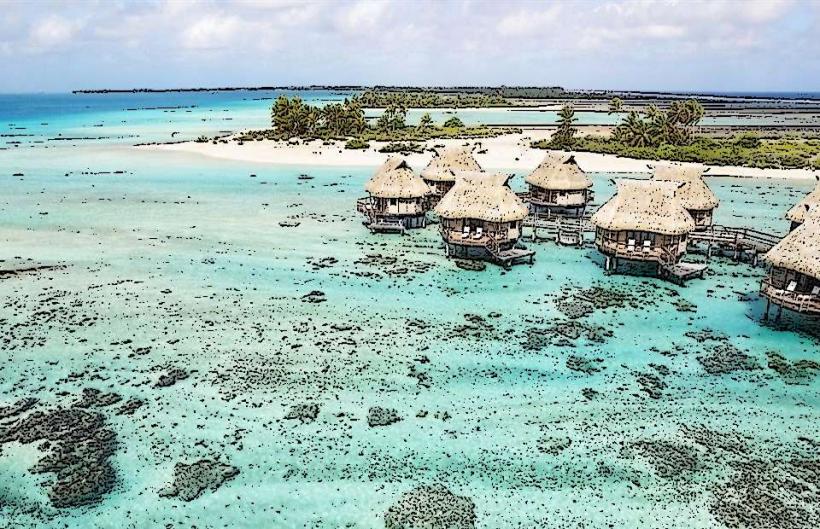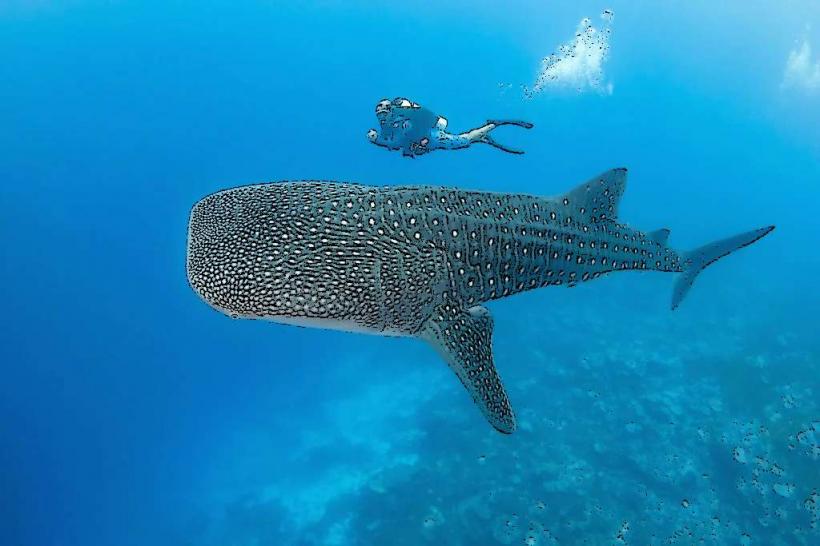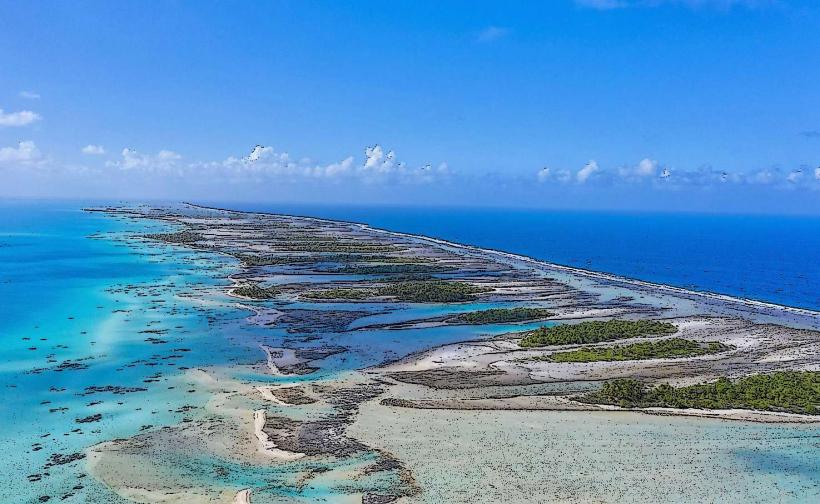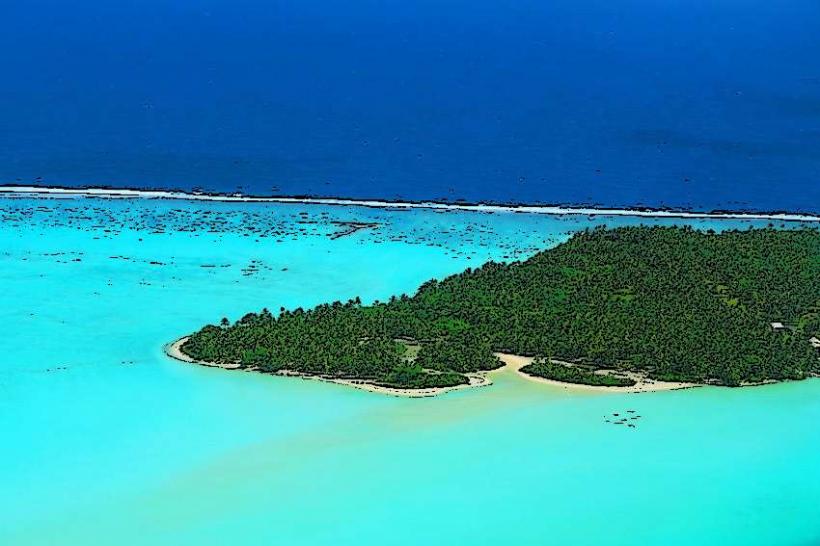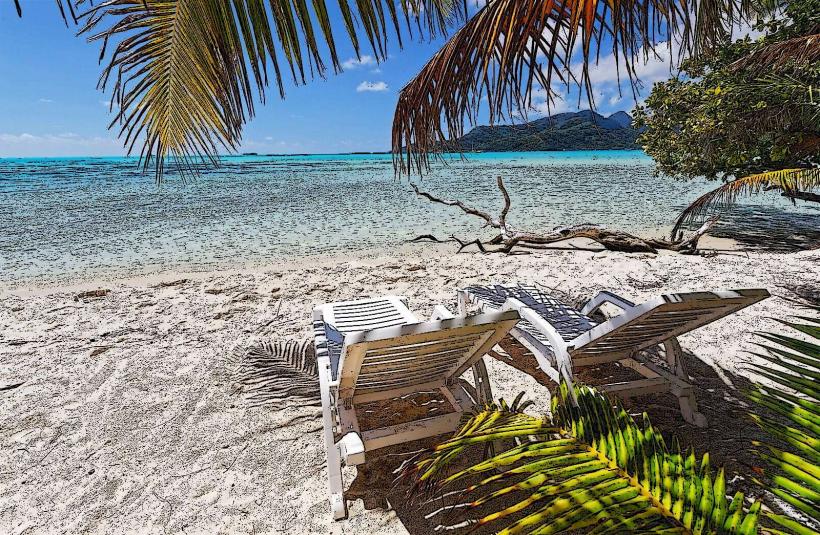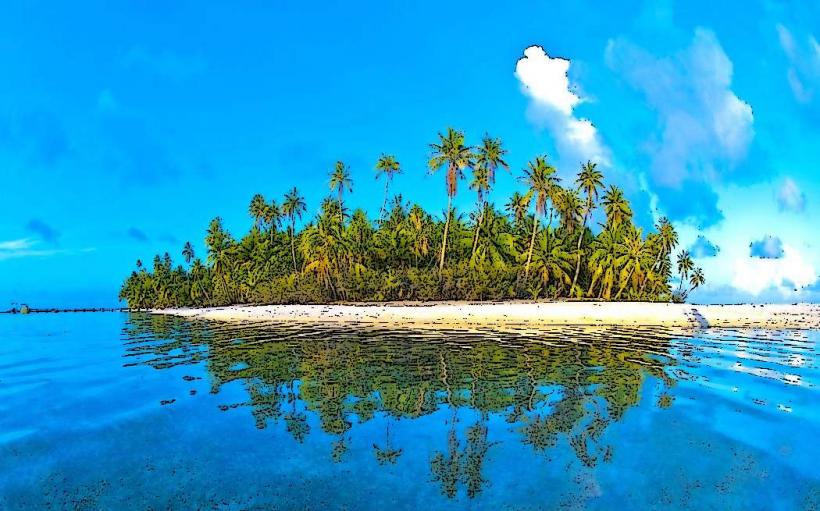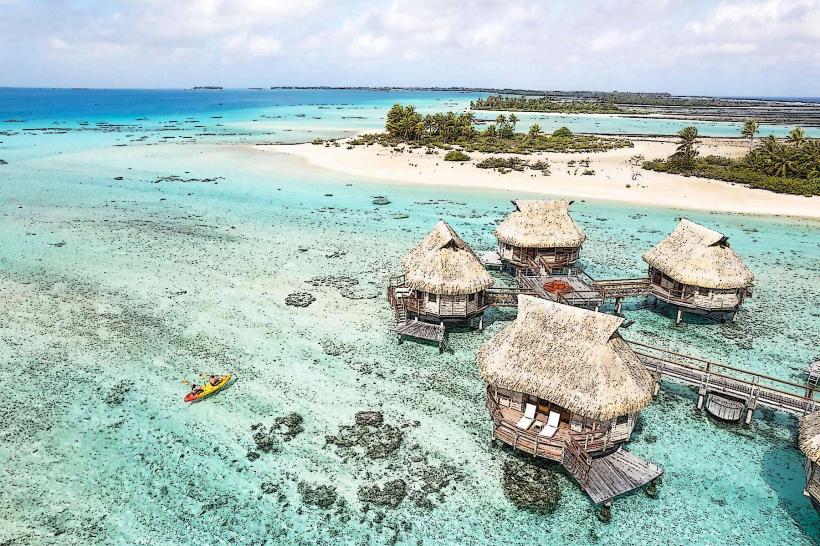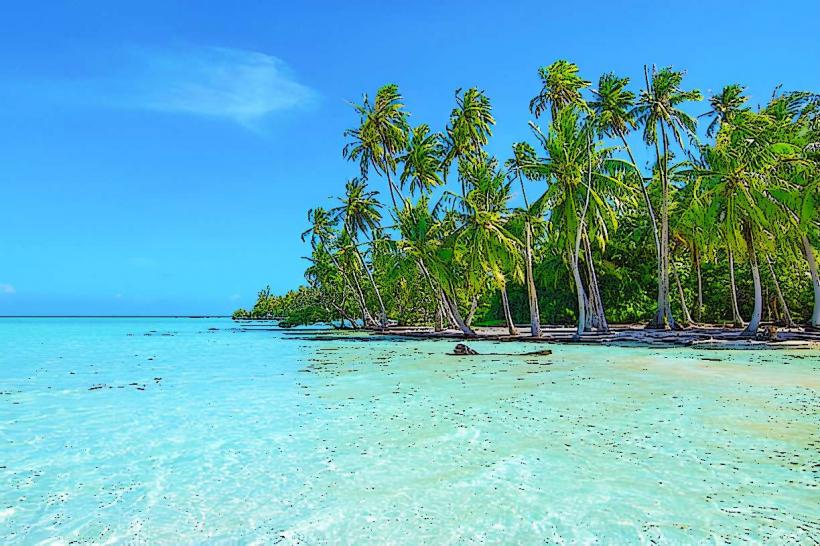Information
Landmark: Tikehau Wildlife ReserveCity: Tikehau
Country: French Polynesia
Continent: Australia
The Tikehau Wildlife Reserve is a protected area located on the Tikehau Atoll in French Polynesia, designed to safeguard the rich biodiversity of the region’s unique ecosystem. The reserve is a sanctuary for various species of native wildlife, particularly focusing on the preservation of its marine life, bird populations, and terrestrial species. It is one of the key conservation areas in French Polynesia, highlighting the importance of sustainable practices in maintaining the delicate balance of Tikehau’s natural environment.
Overview of the Reserve
- Location: The Tikehau Wildlife Reserve encompasses both the lagoon and select motus (small islands) around the atoll, ensuring the protection of critical habitats for a variety of species.
- Purpose: The primary goal of the reserve is to conserve the local fauna and flora, mitigate environmental threats, and promote research and education on the biodiversity of Tikehau and the broader Tuamotu Archipelago.
Wildlife and Biodiversity
The reserve is home to a diverse range of species, from marine life in the lagoon to birds and land animals on the motus. Here’s an overview of the key species found within the Tikehau Wildlife Reserve:
Marine Life:
- Coral Reefs: The lagoons surrounding the reserve are rich with vibrant coral reefs, which provide habitat for a wide variety of marine species.
- Fish Species: The waters are teeming with tropical fish such as parrotfish, butterflyfish, and triggerfish.
- Sea Turtles: Green sea turtles and hawksbill turtles are often seen in the lagoon, both of which are endangered species. The reserve works to protect their nesting areas and feeding grounds.
- Sharks and Rays: Blacktip reef sharks, stingrays, and other species frequent the lagoon, contributing to the rich marine ecosystem.
Birdlife:
- Seabirds: The reserve is a haven for seabirds, including terns, noddies, and frigatebirds. These birds nest on the motus and play a critical role in maintaining the balance of the ecosystem.
- Migratory Birds: Tikehau’s location makes it an important stop for migratory birds, particularly during the nesting and feeding seasons.
Terrestrial Species:
- Land Birds: While Tikehau’s motus are small and relatively sparse in terms of terrestrial wildlife, they still host land birds such as the Polynesian ground dove.
- Invertebrates and Flora: The reserve also protects native plant species and invertebrates that are integral to the atoll’s ecosystem.
Conservation Efforts
Protection of Habitats:
- The reserve focuses on protecting the critical habitats of sea turtles, seabirds, and other species, ensuring that these ecosystems remain intact and free from human disturbance.
- Marine protected areas (MPAs) within the reserve safeguard coral reefs, seagrass meadows, and fish populations, preventing overfishing and pollution.
Research and Monitoring:
- Ongoing research within the reserve monitors the health of the coral reefs, tracks the movements and nesting patterns of sea turtles, and studies the population dynamics of bird species.
- Data gathered from these studies contributes to global marine conservation efforts and helps refine local management practices.
Eco-Tourism and Education:
- Eco-tourism plays a significant role in the reserve’s conservation strategy. Visitors are encouraged to learn about the wildlife and natural habitats through guided tours, educational programs, and volunteering opportunities.
- Sustainable tourism practices, including waste reduction and responsible wildlife interactions, are emphasized to minimize human impact on the reserve.
Visitor Activities
Wildlife Watching:
- Guided tours are available to observe the diverse wildlife in the reserve, with opportunities to see sea turtles, seabirds, and various marine species in their natural habitat.
- Birdwatching tours are popular, particularly for spotting rare and migratory birds.
Snorkeling and Diving:
- The waters surrounding the reserve are ideal for snorkeling and diving, allowing visitors to explore the thriving coral reefs, spot tropical fish, and swim alongside sea turtles and rays.
- Some dive operators offer tours to the reserve, where visitors can learn about marine conservation and participate in reef monitoring activities.
Nature Walks:
- Guided nature walks on the motus give visitors a chance to explore the flora and fauna of Tikehau’s terrestrial environment, including its endemic plants and bird populations.
Educational Programs:
- Some resorts and tour operators offer educational talks or workshops on the importance of marine conservation, the role of the wildlife reserve, and how tourists can contribute to sustainability efforts.
Sustainability and Conservation Goals
- Sustainable Fisheries: One of the goals of the reserve is to support sustainable fishing practices by regulating fishing activities within the protected areas to prevent overfishing and ensure that marine species are able to thrive.
- Habitat Restoration: The reserve is involved in habitat restoration projects, particularly focusing on coral reefs and seabird nesting sites, which are vital to the survival of local species.
- Community Involvement: The reserve works closely with local communities to foster a sense of environmental stewardship and ensure that conservation efforts are culturally appropriate and supported by the island’s inhabitants.
Best Time to Visit
- Dry Season (May to October):
- This is the best time to visit the reserve, as the weather is clear, and the calm seas make it ideal for snorkeling, diving, and wildlife watching.
- Nesting Season (November to March):
- During these months, visitors may have the opportunity to see sea turtles nesting on the beaches of Tikehau or witness the hatching of turtle eggs.
Why Visit the Tikehau Wildlife Reserve?
Visiting the Tikehau Wildlife Reserve offers a unique opportunity to experience the natural beauty of one of the most pristine atolls in French Polynesia while contributing to the ongoing conservation of its diverse ecosystems. The reserve provides a chance to witness rare species, learn about the challenges facing marine life, and participate in efforts to protect the environment. Whether you're an eco-tourist, nature lover, or conservation enthusiast, the Tikehau Wildlife Reserve offers a rewarding and unforgettable experience.

